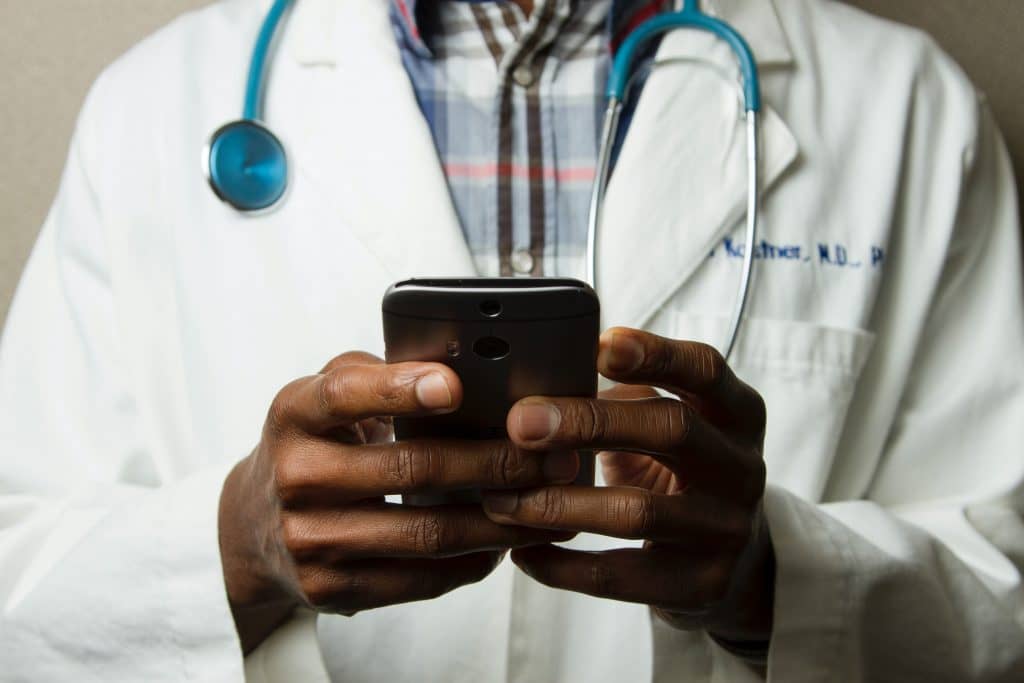In the age of Digitalization, we have access to various information at our fingertips. Do you believe the same when it comes to health care? A couple of decades back, remote healthcare was considered impossible. But in today’s era technology has proven that nothing is impossible.
What is Remote Healthcare – What is Telehealth?

Telehealth uses electronic information via telecommunication channels to support clinical healthcare and support remotely. One can send still images to doctors for consultation over the phone or can consult a doctor via video conferencing. Various patient-centric mobile applications give quick and easy access to healthcare. The earliest application of this concept of telehealth dates back to the 1960s. It was used to monitor the physiological factors of astronauts. In today’s time, telehealth is available for all thanks to the advancement of technology.
Telehealth helps in the following ways:
- Easy access to healthcare for people living in rural areas
- Access to medical specialists
- Access to easy and timely coordination and follow-up with doctors
- Supports self-management of healthcare
What are the examples of Telehealth?
Portal for Patients
Using the patient portal one can have access to a doctor and request a prescription. Schedule appointments and review test results.
Virtual Appointments
One can fill up a web-based questionnaire so that the doctors can review the answers and prescribe medicines accordingly. This can be used for minor illnesses.
Remote Monitoring by Doctors
Blood glucose levels, blood pressure, lung function – such readings can be taken via mobile applications and send to doctors for monitoring purposes.
Electronic Health Records (EHR)
It is the electronic records of patient’s healthcare. This is stored and updated on regular basis. These can be easily retrieved in case of emergencies; these records provide vital information about a patient’s health history.
How has technology helped in improving the Healthcare System?
The invention and use of Artificial Intelligence, Augmented Reality, Virtual Reality, Robotics, Nanotechnology in the healthcare system has changed the face of healthcare.
Artificial Intelligence
Artificial Intelligence is used to process and maintain huge datasets of patient’s health records. AI-powered Google DeepMind is used in breast cancer analysis. AI has provided a major boost to clinical trials.
Virtual Reality
Companies have developed software using Virtual Reality that helps to train future surgeons to practice actual surgeries. VR is used as a distraction tool for patients to lessen the pain and anxiety during surgeries. Reports show patients experience improved healthcare experience.
Augmented Reality
Augmented Reality is the future of medicine. Unlike virtual reality, augmented reality provides enhanced information and details. AR-powered eyeglasses enhance the capabilities of surgeons during surgery.
Digital Pathology
Lab technicians have access to Digital pathology wherein information is gathered specimen slides that are digitized. The reports can be shared with patients and doctors digitally. This is an Artificial Intelligence-powered cloud-based technology.
Mobile Applications
Various health based-mobile applications are created on regular basis to check various health parameters. You can monitor your blood pressure levels and keep a track of the same. Any major fluctuations can be immediately sent to the doctor via the app. You can take doctor’s appointments using mobile apps.
Wearable Healthcare Trackers
There are trackers and sensors which are available to monitor a patient’s health and vitals like sleep quality, heart rate, oxygen saturation, and more. These sensors and trackers are wearable. These reports can be shared with doctors to check your well-being.
Drawbacks of Telehealth
Telehealth is beneficial in many ways but it still has a few limitations. Patients may have gaps in their care because of fragmented care. There is always an issue of overuse or inappropriate use of medicines. Few rural areas don’t have good internet availability and hence people would find it hard to have access to Telehealth. But these are minor bumps in the road to the technological advancement of healthcare which can be smoothened by various digital solutions.
Conclusion
Telehealth ensures patients get their treatment at the right time whether they are closer to their hometown or in any remote area. The people residing in rural areas have access to healthcare professionals and specialists in real-time. The patient can ensure he gets healthcare solutions at the earliest and also saves up on travel costs and time. Easy access to quality healthcare at minimal cost is the reason for the growth of Telehealth and it is here to stay and get more advanced with passing time and latest technologies.
Aventior has been the frontrunner to offer Digital and Mobility solutions to the healthcare sector. We have designed and developed telehealth and eCOA platforms that can be configured as per sponsors requirements. We provide cost-effective solutions that perform exceptionally well for businesses and maximize their investments. To know more about our telehealth and digital mobility solutions, write to us at info@aventior.com.

